A System Brand Identity, The right approach not only shapes a business’s image but also creates a strong, recognizable experience and connection with customers. It bridges the brand and the customer, bringing consistency and uniformity to all business communications and activities. In this article, MarkKnow explores in detail the elements that make up a strong brand identity system and how to build a successful and effective one.
I. What is brand identity?

The Importance of Brand Identity
Let’s dive into the fascinating world of brand identity. Imagine you’re meeting someone for the first time. What’s the first thing you notice? Their appearance, their way of speaking, their personality, right? Well, brand identity is pretty much like that first impression. It’s the unique combination of visual elements, messaging, and values that make your brand recognizable and memorable.
Brand identity is the way a business defines and expresses its own identity to create recognition and connection with customers. In addition to what brand identity is, what brand identity includes is always a question for managers who want to develop a brand for their business. It is not simply a logo or name, but also includes a system of elements such as colors, symbols, mottos and marketing materials.
Brand Identity in English is Brand Identity, brand identity creates uniqueness and difference, helping businesses create and maintain a strong image in the minds of customers. What does brand identity include, understanding brand identity and its components, you will have a solid foundation to build a unique and effective brand identity system for your business.
The Importance of Brand Identity
Ah, the million-dollar question: Why is brand identity so crucial? Think about your favorite brands. What makes them stand out? It’s their identity. A strong brand identity builds trust and credibility, helping you connect with your audience on a deeper level. It’s not just about looking good; it’s about feeling right.
Based on the core of the brand identity system, Advertising and Marketing Campaigns are built to convey the brand’s message and values to customers. Applying brand identity elements to media, Social Media Channels, online and offline advertising helps create recognition and increase trademark awareness.
Building Trust and Credibility: Trust is the foundation of any relationship, and the same goes for brands. When your brand identity is consistent and authentic, it builds trust. Customers know what to expect from you, and that reliability translates to loyalty.
Differentiating from Competitors: In a crowded marketplace, standing out is essential. Your brand identity is your unique signature that sets you apart from competitors. It’s like wearing a unique outfit at a party where everyone else looks the same. People will remember you.
II. What Does a Brand Identity System Include?
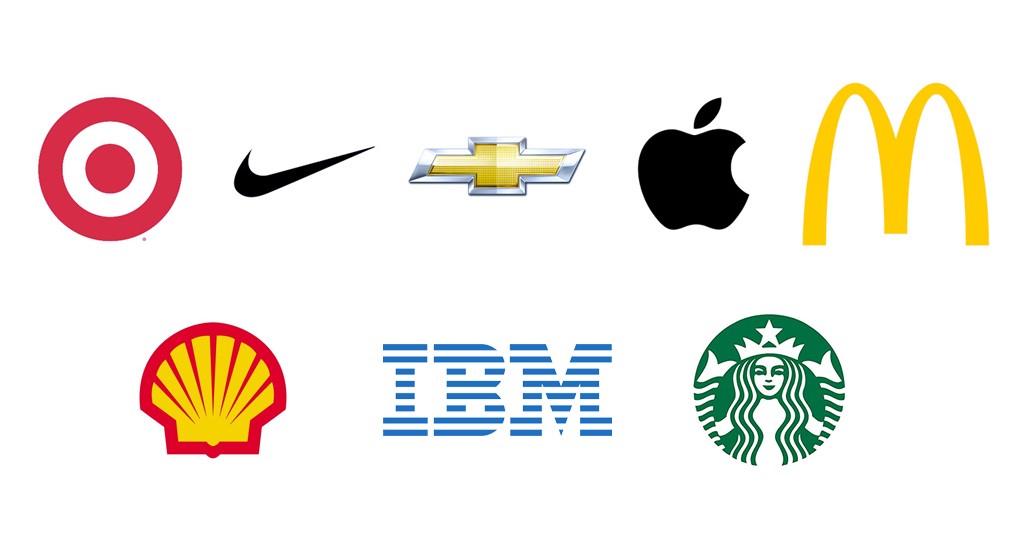
What does a brand identity system consist of? What does brand identity consist of? Here are the important components of a brand identity system that must be present:
1. Brand Recognition based on Name
A brand name is an important element to identify and recall a business’s product or service. It can be a simple word, a phrase or a special phrase, but it must be unique and memorable to customers.
2. Brand Identity based on Logo Design
A logo is a graphic symbol that represents a brand, expressing the value and uniqueness of a business. Logos often combine elements such as images, symbols, text or a combination of them to create a distinctive and recognizable image.
3. Brand Recognition based on Symbols
In addition to logos, some brands also use distinctive symbols to create recognition, such as the Apple logo of Apple Inc. This symbol can be used independently or in combination with the logo to create identity and connect with customers.
4. Brand Recognition based on Representative Colors
The colors used in your brand identity can create a feeling, a connection, and evoke emotions in your customers. Each color has a different meaning and psychological impact, and choosing the right colors will create a strong and consistent brand identity.
5. Brand Recognition based on Typo
The signature typeface used in a brand’s materials, advertisements, and websites can create a unique impression and recognition. Choosing a typeface that aligns with your brand’s values and message plays an important role in creating a consistent and professional brand identity.
6. Brand Identity based on Operating Motto
The motto is the principles, philosophy and way of working of the business, which is an important part of building a brand identity. It guides and expresses the core values of the brand, helping customers better understand the goals and ideas of the business.
7. Brand Identity based on Marketing Materials
Marketing materials such as brochures, leaflets, banners, and website designs are also an integral part of the brand identity system. These materials must comply with the brand’s color, typography, logo, and symbol rules to create consistency and increase brand recognition easily.
– Office identity system: Design office space, signs, posters, and display materials to create consistency and brand identity.
– Point of sale identification system – POSM: Brand identification elements such as standees, gift boxes, price lists, and other promotional items at the point of sale to create engagement and attract customers.
– Internet Identity System: Design Websites, Mobile App Interfaces, Social Networks, and other online images to create consistency and brand identity in the digital environment.
III. The Role of Brand Identity

In addition to learning about what brand identity includes, we need to understand more about the role of brand identity. It plays an important role in building the image and recognition of the business in the minds of customers. Creating brand identity helps create trust, positioning, and creating a special impression of the business. In addition, brand identity also helps create consistency in the marketing and communication activities of the business, from advertising, and communication to transactions with customers.
- Build Trust and Recognition: A strong brand identity system helps build trust and recognition with customers. When customers see the logo or other identifying elements of the brand, they will quickly recognize and connect with the business.
- Differentiation: Brand identity helps businesses stand out and differentiate themselves from their competitors. It creates a distinctive mark, helping customers remember and choose the brand during the shopping or service usage process.
- Increase Brand Value: A strong and consistent brand identity system creates a professional and trustworthy image. This increases brand value and creates long-term business opportunities.
- Build Loyalty: Brand recognition creates a connection and interaction with customers. When customers have a good experience with the brand and easily identify with it, they tend to become loyal customers and repurchase.
- Expansion and Growth: Once a brand has built a strong identity system, it can expand and grow into new areas and markets more easily. Brand identity creates a solid foundation for expansion and reaching new customers.
IV. How to create a Strong Brand Identity?
Building a strong brand identity is like crafting a masterpiece. It requires careful planning, creativity, and a deep understanding of your audience. To build an effective brand identity, businesses need to take the following steps:
1. Define Brand Values and Vision
Before you begin building your brand identity, it is important to define your core values and vision. This helps to define the messages you want to convey and guides the branding process.

2. Research and Analysis Customer Target
Before you start, you need to know where you stand. Conduct thorough research and analysis to understand your market, competitors, and target audience.
Research and Analysis: Understanding your target audience is essential to building a strong brand identity. Learning about your customers’ interests, values, needs, and desires will help you choose the right identity elements and create a strong connection with them.
Target Audience Identification: Who are you trying to reach? Identifying your target audience is crucial for tailoring your brand identity to resonate with them. Knowing their preferences, needs, and behaviors will guide your strategy.
Competitive Analysis: What are your competitors doing? Analyzing their brand identities can provide insights and inspiration. It’s not about copying but finding gaps and opportunities to stand out.
3. Core Elements of Brand Identity
Now, let’s break down the core elements that makeup brand identity. It’s not just one thing; it’s a blend of various components working together harmoniously.
Logo and Visual Elements
The logo is the face of your brand. It’s the first thing people see and often the most memorable aspect. But it doesn’t stop there; visual elements include everything from color palette to typography.
Logos and icons are important elements of your brand identity system. Make sure your logos and icons are unique, recognizable, and reflect your brand values. Consider using a unique and professional design style to create a strong impression.
Color Palette: Colors evoke emotions and set the tone for your brand. Think of Coca-Cola’s iconic red or Starbucks’ soothing green. Your color palette should resonate with your brand’s personality and message.
Color plays an important role in building a brand identity system. Choose colors that match your brand values and message. Each color has a different meaning and psychological impact, make sure the colors used create the right feeling and connection with your target audience.
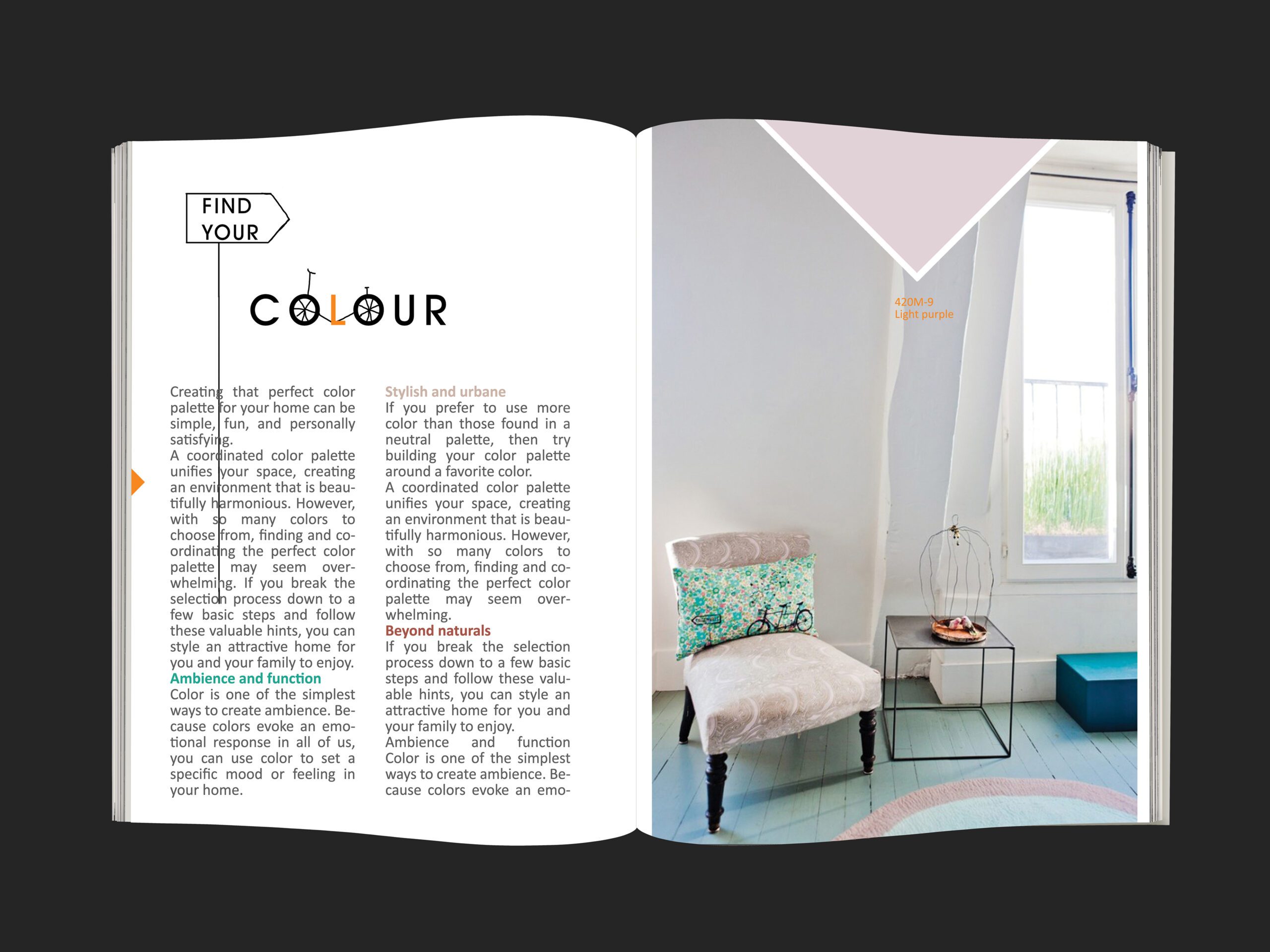
Typography: Fonts are more powerful than you think. The right typography can communicate your brand’s tone and style. Is your brand playful or serious? Your font choice can say it all.
Signature typography is also an important element of your brand identity system. Choose a typeface that fits your brand values and style. Make sure the typeface is legible, unique, and suitable for different applications such as logos, websites, marketing materials, etc.
4. Ensure consistency and maintain Brand Identity System
It is important to maintain consistency in the brand identity system over time. Ensure that all communications, materials and marketing activities adhere to the principles and rules of the brand identity system. Periodically review and make necessary adjustments to ensure the consistency and effectiveness of the brand identity system.
Brand Voice and Messaging: Your brand’s voice is how you communicate with your audience. It’s the tone, language, and personality behind your messaging. Whether it’s witty, formal, or conversational, consistency is key. Imagine your brand as a person; how would it speak?
Brand Values and Mission Statement: What does your brand stand for? Your values and mission statement are the heart and soul of your brand identity. They guide your decisions and actions, reflecting what you believe in and why you exist. It’s like having a moral compass for your brand.
User Manual: Create a brand identity manual to ensure consistency and uniformity in the application of your brand identity system. This manual should include rules for using your logo, colors, fonts, and other brand elements. This helps ensure that all parts of your business use your brand identity correctly and consistently.
Communication Materials and Tools: To build a strong brand identity system, create communication materials and tools such as a brand identity kit, communication toolkit, marketing collateral, website, and advertising media. Ensure that all these materials and tools adhere to the elements of the brand identity system and provide a consistent experience for customers.

5. Implementing and Measuring Your Brand Identity
Once you’ve crafted your brand identity, it’s time to bring it to life. Implementation is where the magic happens.
How do you know if your brand identity is working? Measuring its success is essential for making informed decisions and improvements.
Ensuring Consistent Messaging: Consistency is key. Your messaging should be uniform across all channels, from your website to social media. This ensures that your audience gets the same experience everywhere. It’s like making sure your outfit matches from head to toe.
Maintaining Visual Consistency: Your visual elements should be cohesive across all platforms. Whether it’s your website, social media, or print materials, maintaining visual consistency reinforces your brand identity. It’s like decorating your home with a consistent theme.
Advertise Campaign: Use your brand identity system to build an effective advertising and marketing campaign. Apply brand identity elements to media, social media channels, online and offline advertising to create recognition and increase brand awareness.
Gathering Customer Feedback: Your customers are your best critics. Regular feedback and surveys can provide valuable insights into how your brand identity is perceived and what needs improvement. It’s like getting feedback on a new recipe from your friends.
Utilizing Brand Audits and Analytics: Conducting regular brand audits and monitoring key analytics helps you track the performance of your brand identity. Look at factors like brand awareness, customer engagement, and loyalty. It’s like checking your fitness tracker to see how well you’re doing.

Case Studies of Successful Brand Identities
Let’s take a look at some brands that have nailed their identity. These case studies will provide inspiration and practical insights.
Apple Inc.: Apple’s brand identity is synonymous with innovation, simplicity, and premium quality. Their consistent visual elements and messaging create a strong, cohesive identity.

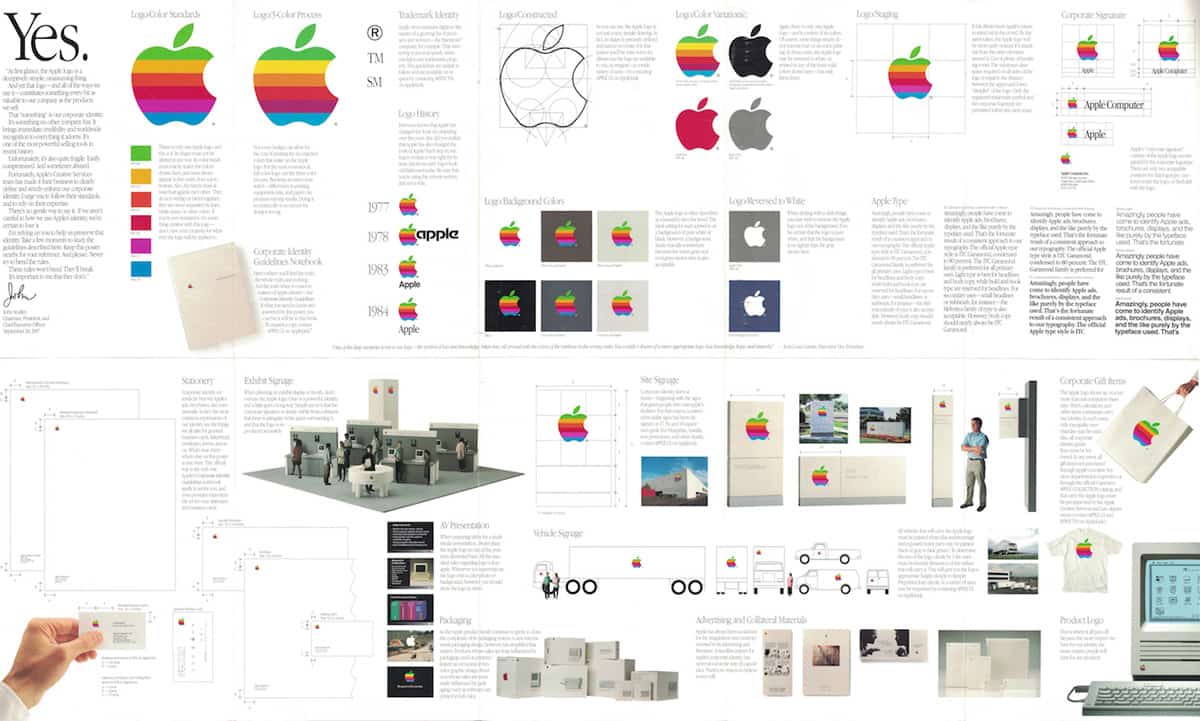
Nike: Nike’s brand identity is built on the principles of innovation, performance, and inspiration. Their iconic “Just Do It” slogan and swoosh logo are instantly recognizable and reflect their commitment to empowering athletes.
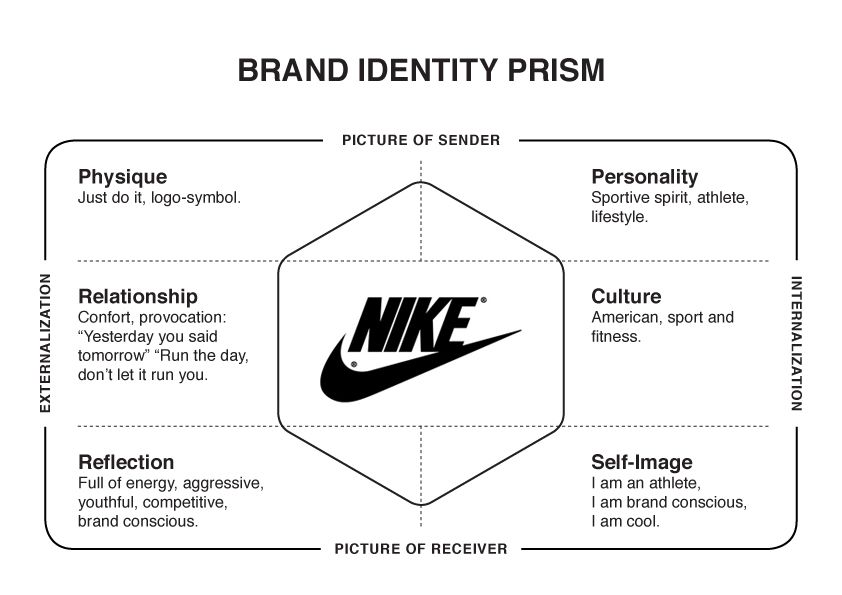
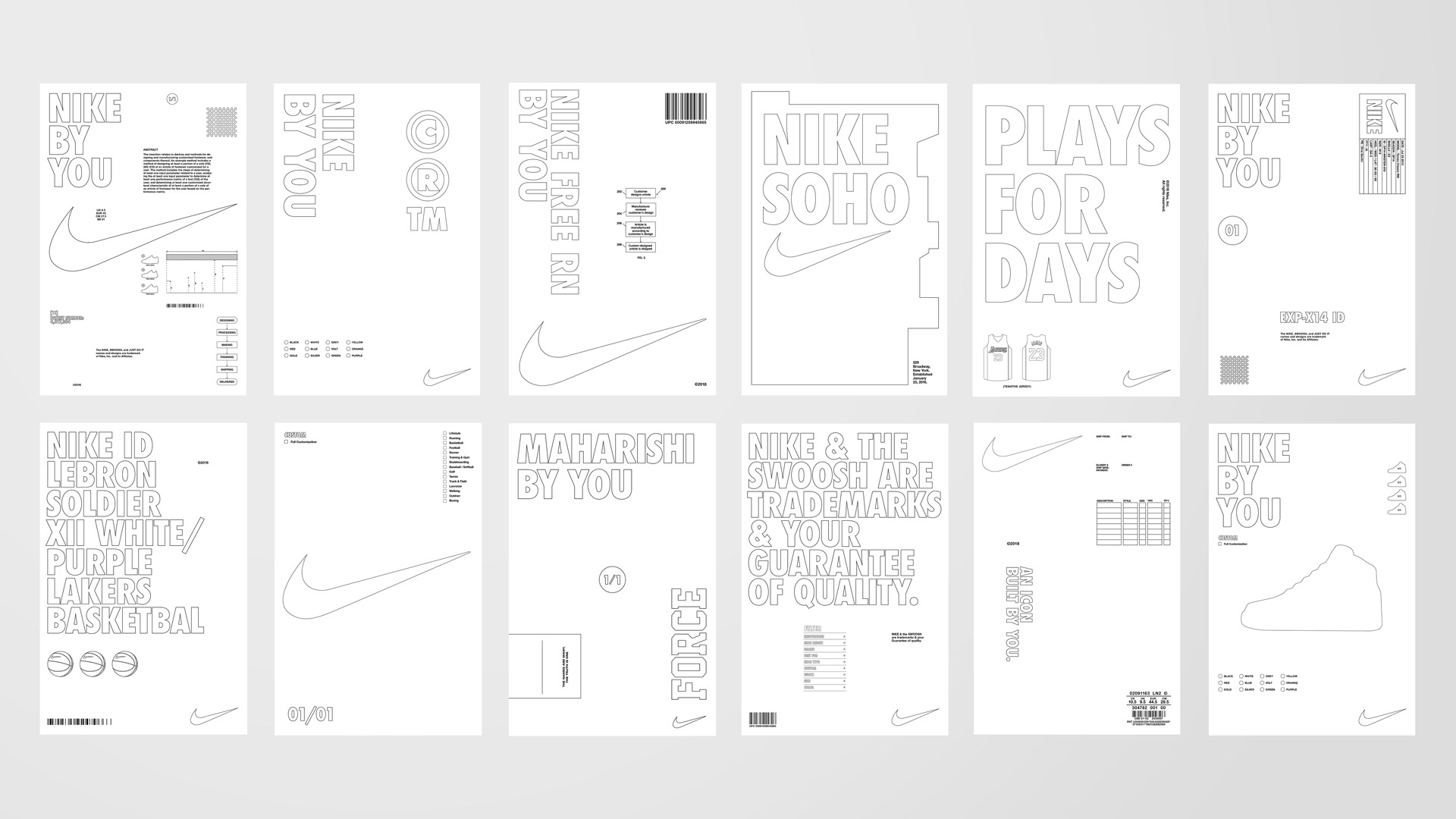
Coca-Cola: Coca-Cola’s brand identity is centered around happiness, sharing, and refreshment. Their consistent use of the red and white color scheme, along with their timeless logo, has made them a global brand.

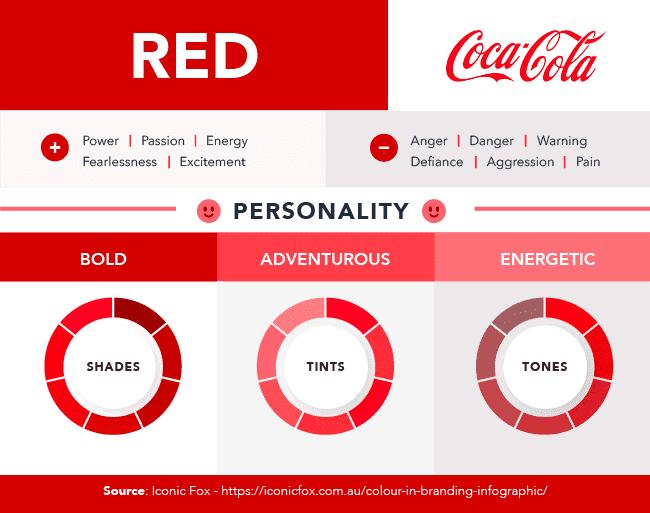
Airbnb: Airbnb’s brand identity focuses on belonging and community. Their logo, known as the Bélo, symbolizes people, places, love, and the “A” in Airbnb, reflecting their mission to create a world where anyone can belong anywhere.
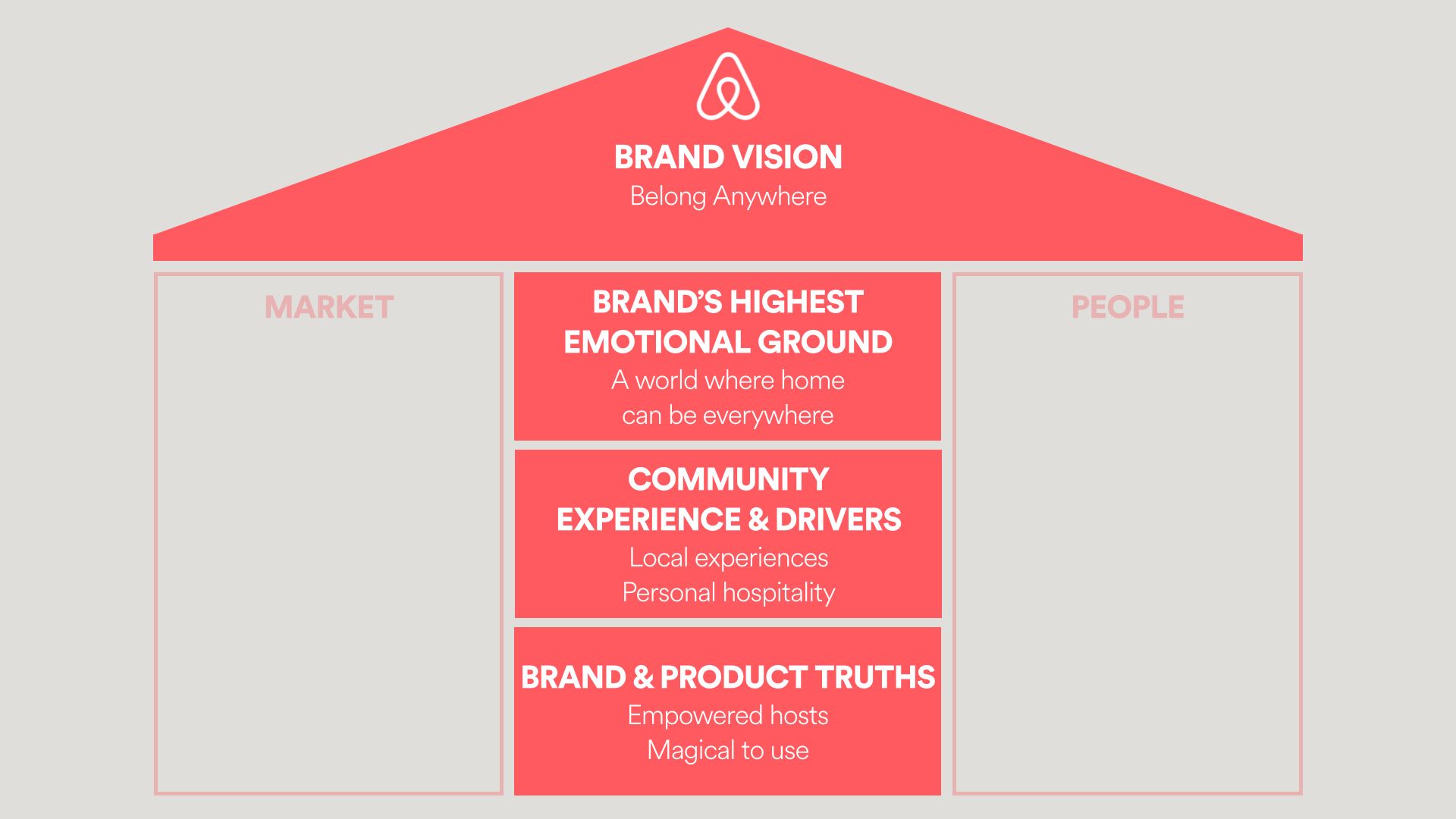

Common Mistakes to Avoid
Even the best brands can stumble. Here are some common mistakes to avoid when crafting your brand identity.
Inconsistent Branding: Inconsistency can confuse your audience and dilute your brand identity. Ensure that all elements are aligned and maintain the same tone and style.
Ignoring Customer Feedback: Your customers’ opinions matter. Ignoring their feedback can lead to a disconnect between your brand identity and audience perception.
Overcomplicating the Message: Keep your brand message simple and clear. Overcomplicating it can make it difficult for your audience to understand and remember your brand.
Future Trends in Brand Identity
The world of branding is always evolving. Staying ahead of trends can keep your brand relevant and appealing.
Personalization and Customer Experience, Emerging Trends: Trends such as personalization, interactive content, and immersive experiences are shaping the future of brand identity. Staying ahead of these trends can help your brand remain relevant and engaging. Brands that tailor their identity and experience to individual customers are more likely to build strong connections.
The Impact of AI and Automation: AI and Automation are transforming the way brands interact with their audience. From chatbots to personalized marketing, these technologies can enhance the customer experience and strengthen brand identity.
Sustainability and Social Responsibility: Today’s consumers value sustainability and social responsibility. Incorporating these elements into your brand identity can enhance your appeal and credibility.
Conclusion
Brand identity is more than just a logo or a catchy slogan. It’s the essence of what your brand stands for and how it’s perceived by the world. By understanding and implementing a strong brand identity, you can build trust, stand out from the competition, and create lasting connections with your audience.
Ultimately, building a strong brand identity requires a thorough understanding of your values and audience, designing a unique logo and icon, choosing the right colors and typography, creating user guidelines and maintaining consistency.
Brand identity is a system of elements such as name, logo, color, motto and marketing materials, creating recognition and engagement with customers. It plays an important role in defining and creating a strong image for the business. Building brand identity requires research, positioning, design and promotion to create recognition and build trust from customers.
In summary, brand identity is the collection of elements that a company creates to portray the right image to its consumers. It’s crucial for setting your business apart from the competition and building a connection with your audience. Building a strong brand identity requires a combination of research, creativity, and consistency. By understanding your audience, defining your brand’s core, and leveraging technology, you can create a brand identity that resonates and endures.
FAQs
1. What is brand identity?
Brand identity is the combination of visual elements, messaging, and values that make your brand recognizable and memorable.
2. Why is brand identity important?
A strong brand identity builds trust, differentiates you from competitors, and helps you connect with your audience on a deeper level.
3. How can I create a strong brand identity?
Start with thorough research, identify your target audience, craft a cohesive visual and messaging strategy, and implement it consistently across all platforms.
4. What are common mistakes to avoid in brand identity?
Avoid inconsistent branding and ignoring customer feedback, as these can dilute your brand identity and create a disconnect with your audience.
5. What are the future trends in brand identity?
Personalization, customer experience, sustainability, and social responsibility are key trends shaping the future of brand identity.
6. What is the difference between brand identity and brand image?
Brand identity is how a company wants to be perceived by its audience, while brand image is how the audience actually perceives the brand.
7. How can small businesses develop a strong brand identity?
Small businesses can develop a strong brand identity by focusing on their unique values, engaging with their audience, and maintaining consistency across all channels.
8. What are some examples of effective brand identities?
Examples of effective brand identities include Nike, Coca-Cola, and Airbnb, all of which have clear, consistent, and memorable brand elements.
9. How often should a brand update its identity?
Brands should periodically review and update their identity to ensure it remains relevant and aligned with their goals. However, major changes should be made cautiously to avoid confusing the audience.
10. Can a strong brand identity improve customer loyalty?
Yes, a strong brand identity can build trust and emotional connections with customers, leading to increased loyalty and repeat business.
Comment Policy: We truly value your comments and appreciate the time you take to share your thoughts and feedback with us. Note: Comments that are identified as spam or purely promotional will be removed. To enhance your commenting experience, consider creating a Gravatar account. By adding an avatar and using the same Email here, your comments will feature a unique and recognizable avatar, making it easier for other members to identify you. Please use a valid email address so you can receive notifications when your comments receive replies.
